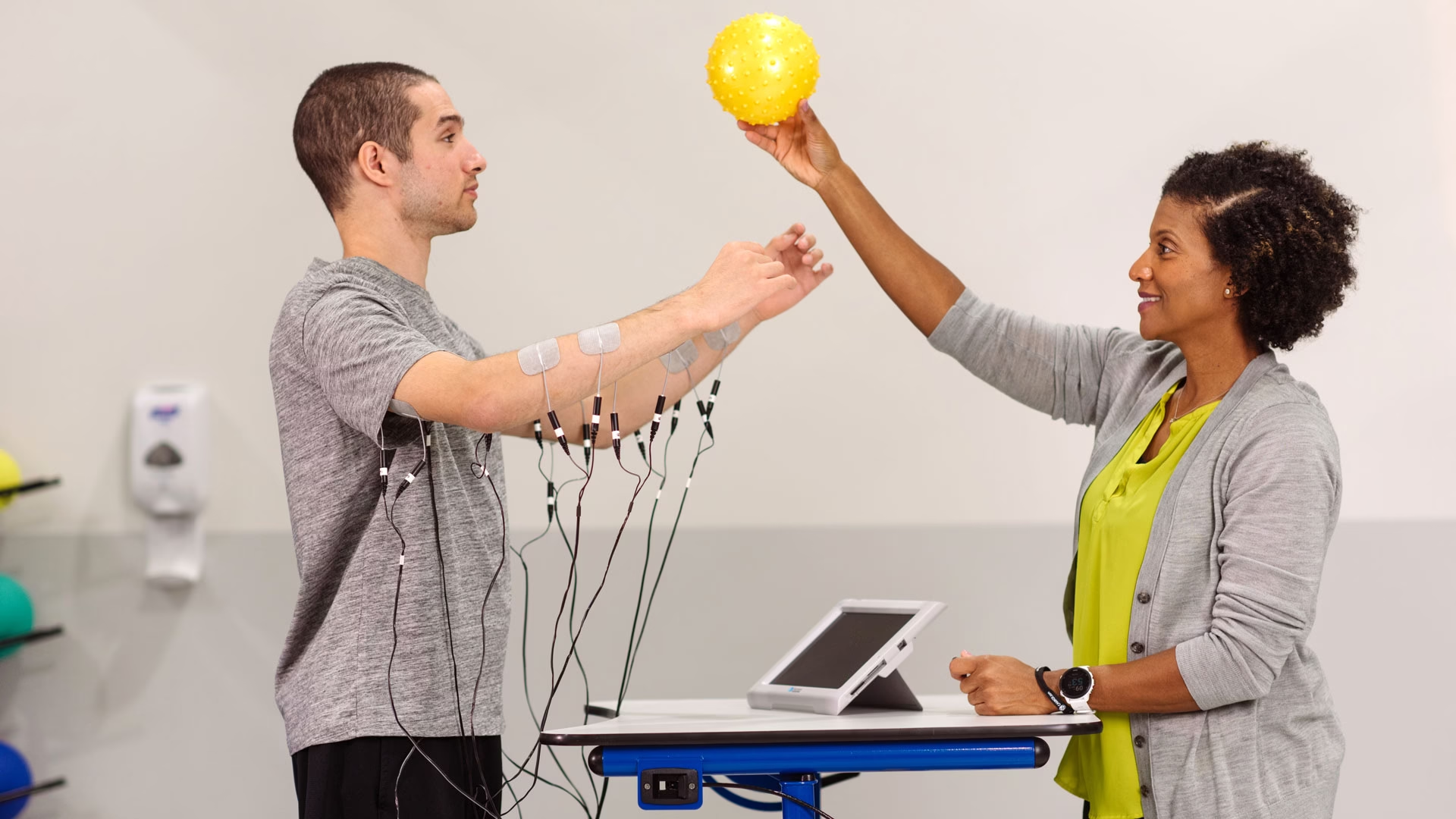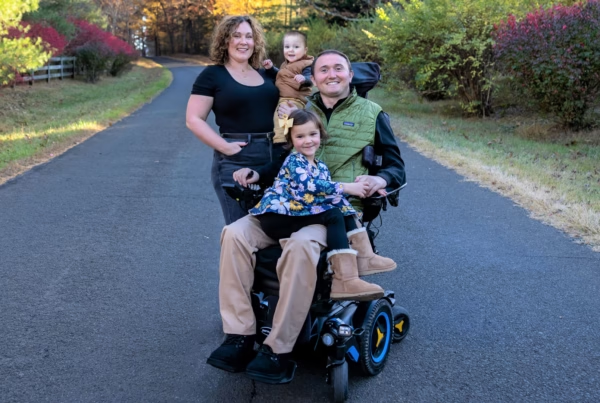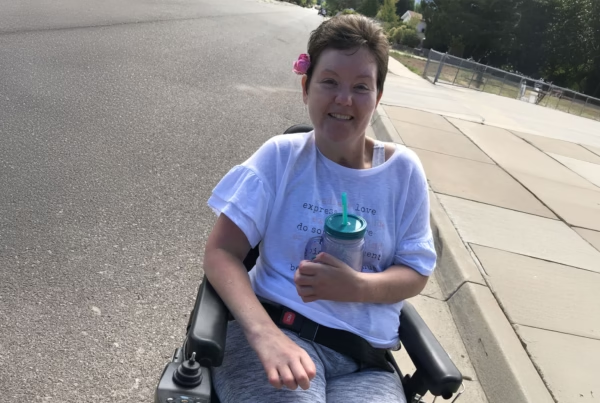
September marks Spinal Cord Injury (SCI) Awareness Month, a time to spotlight the realities of living with SCI and the innovations reshaping rehabilitation. In Australia, one of the most promising yet underutilized technologies in neurorehabilitation is integrated Functional Electrical Stimulation (FES). Despite decades of research demonstrating its benefits, many Australians with SCI still face barriers to accessing FES therapies in both clinics and homes.
At Restorative Therapies, we believe that awareness is only the first step. Real change requires education, training, and access to evidence-based technology that helps people with SCI lead healthier, more independent lives.

The Challenge: Training and Access Gaps in Australia
A recent study published in Topics in Spinal Cord Injury Rehabilitation (Palermo et al.) explored the barriers to FES adoption in Australia and New Zealand. The findings were striking:
- 99 participants (70 individuals living with SCI and 29 clinicians/researchers) shared their experiences.
- Both groups cited improved muscle strength as the most frequent benefit of FES.
- Lack of training was the strongest barrier, with 85% of people with SCI who used FES and 94% of clinicians identifying it as a major challenge.
- Among people with SCI who had not used FES, 95% cited access as the primary obstacle.
These results highlight a critical truth: while the science is clear, systemic barriers like clinician training, access to technology, and clear clinical guidelines are preventing wider adoption of FES in Australian neurorehabilitation.
Source: Palermo et al., Topics in Spinal Cord Injury Rehabilitation
The Local Perspective: Insights from Jack Jansson
“Constraints of resources is a barrier that we face in Australia for patients accessing FES technologies, particularly in our public health system. Australia is a big country geographically, and there aren’t as many rehabilitation centers here as in other developed nations. Home patients can absolutely benefit from having systems placed within their home.”
— Jack Jansson, Clinical Representative, Restorative Therapies Australia
The evidence backs this up. Research shows that FES is particularly effective for people with complete SCI, offering a way to activate large muscle groups that cannot otherwise be mobilized or exercised. Beyond improving muscle strength, long-term benefits can include reduced risk of secondary complications, spasticity management, improved circulation and range of motion, and prevention of muscle atrophy.
Restorative Therapies’ Role: Evidence-Based Solutions
Restorative Therapies is committed to breaking down these barriers. Through our RT300 and Xcite2 Therapy Systems, available for both clinical and home use across Australia, we are making integrated FES more accessible than ever.
RT300 Therapy System
A trusted global standard in FES cycling, providing up to 12 channels of stimulation for targeted therapy that relaxes muscle spasms, helps prevent atrophy, and supports cardiovascular health with massed-practice progressive resistance.
Xcite2 Therapy System
A versatile integrated FES solution designed to deliver task-specific, functional activities for upper and lower limb rehabilitation, core and trunk stabilization, and more—both in clinics and at home.
Beyond technology, we provide comprehensive training and ongoing support to clinicians, ensuring they feel confident prescribing and implementing FES and supporting patients at home for long-term recovery. By reducing pressure on rehabilitation centers and empowering home-based therapies, Restorative Therapies helps bridge the gap between research and practice.
Moving Forward: From Research to Action
The Palermo study makes it clear: the future of FES in Australia for SCI and beyond depends on more than technology. It requires:
- Streamlined ease of use for patients and clinicians.
- Clear clinical guidelines for implementation, prescription, and dosage.
- Stronger training frameworks that equip clinicians to confidently integrate FES into daily practice.
At Restorative Therapies, we address these needs head-on. By pairing advanced therapy systems with education and support, we are working to ensure that integrated FES becomes a standard—not a rarity—in Australian neurorehabilitation.
A Call to Action
This SCI Awareness Month, let’s go beyond awareness and push toward solutions. Australians living with SCI deserve access to therapies that are evidence-based, effective, and life-changing.
Together, we can close the training and access gap—and bring the power of FES to more Australians who need it.
Learn more: www.restorative-therapies.au — discover how the RT300 and Xcite2 therapy systems can support your clinic, your patients, or your loved ones living with SCI.
Want to learn more about how the RT300 and Xcite2 therapy systems can improve patient outcomes?
Visit restorative-therapies.com to explore how Restorative Therapies supports clinicians and patients in the neurorecovery journey.






